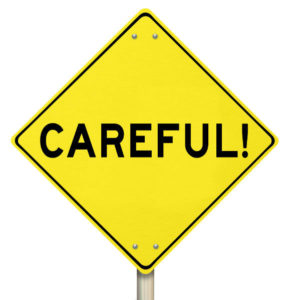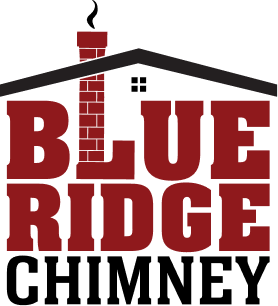The Chimney Safety Institute of America (CSIA), the National Fire Protection Association (NFPA), and other national fire safety organizations all recommend having your chimney professionally swept and inspected every year. This is to ensure your fireplace works efficiently and safely. What is one of the most important reasons why this chimney maintenance service is widely recommended? It has to do with preventing chimney fires. Specifically, by having creosote deposits removed from the inside of your chimney. You can trust the CSIA-certified chimney sweeps at Blue Ridge Chimney Services to thoroughly sweep your chimney. You can also trust us to remove all of the accumulated creosote from your interior walls. Now, we would like to tell you more about creosote and why it is so dangerous.
 What is creosote?
What is creosote?
If you have a wood-burning fireplace or stove, creosote is a fact of life. Creosote is formed naturally during the combustion process of burning wood. It’s ithe residue of smoke, vapors, tar, and other byproducts of combustion. Varying in color and appearance, creosote can be black or brown, and its texture can be hard and shiny, flaky and crusty, or sticky and gummy. Over time, creosote can accumulate into large deposits that are stuck to the inner chimney walls that can cause blockages and other hazards.
Why is creosote so dangerous?
The CSIA names creosote as one of the leading causes of chimney fires. If the internal temperature of your chimney gets hot enough, deposits of creosote can ignite into flames. Creosote is highly flammable and can easily start a devastating chimney fire.
What conditions encourage the development of creosote?
As mentioned, creosote is a natural residue from the combustion process of burning wood. However, certain conditions can accelerate its development. The CSIA lists restricted air supply, unseasoned wood, and cooler upper-chimney temperatures as reasons for accelerated production of creosote. You should always be sure the damper is fully opened when you are burning a fire. This is to allow enough air to push out the byproducts of combustion.
Blue Ridge Chimney Services strongly recommends only burning seasoned firewood in your fireplace. This is wood that has been allowed to dry for at least six months after it has been cut. Seasoned firewood will give you warmer fires that can counteract those cooler temperatures in the upper chimney, which is where creosote is formed. Only burning seasoned firewood is the best way to cut down on the amount of creosote in your chimney.
Scheduling a professional chimney sweeping is essential for avoiding chimney fires. Contact us at Blue Ridge Chimney Services to schedule an appointment to have the creosote removed from your chimney today!
